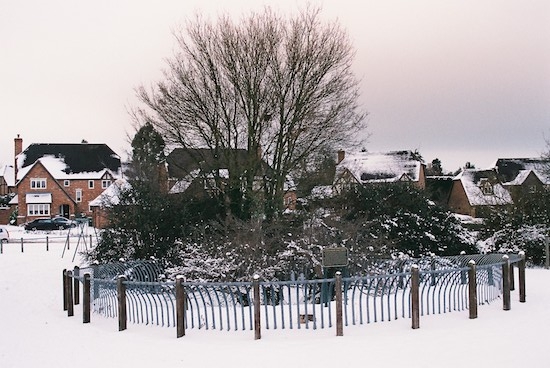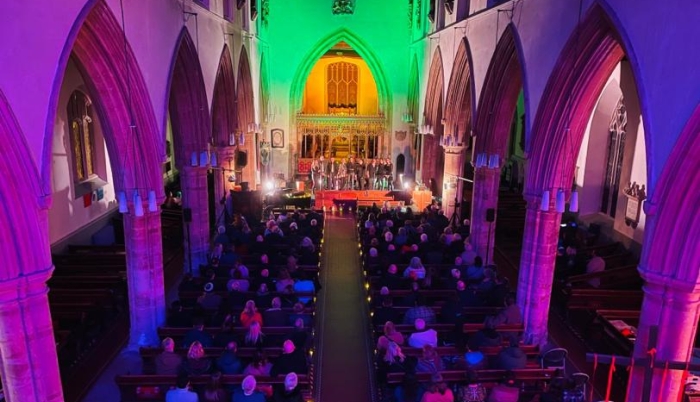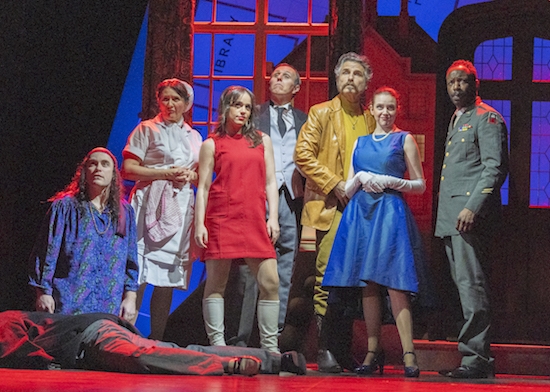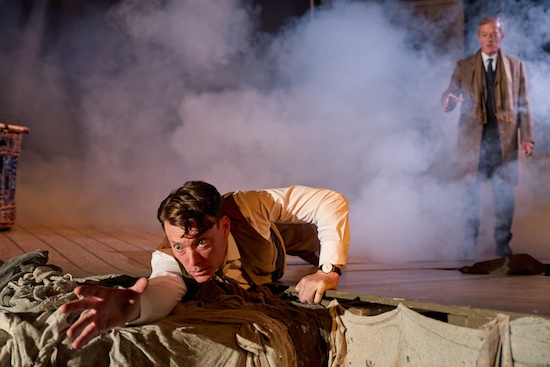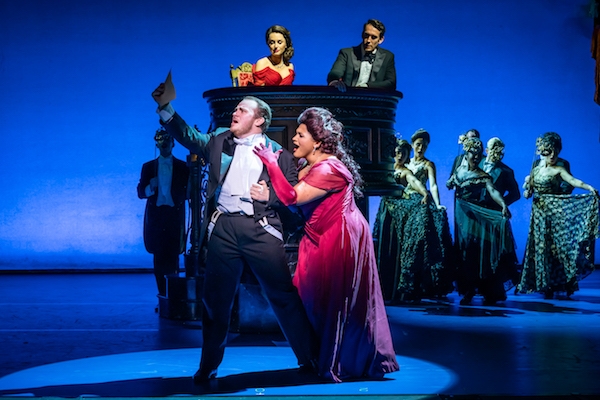Continuing his new series for Total MK, historian John Taylor shares a another blooming great tale from times past with us...
Well it’s certainly a prickly issue - ‘does it or don’t it.’
Until the coming of the New City the ‘Glastonbury Thorn’ of Shenley had been a fascination known only to a few - and probably hardy ones, since access involved a trudge across fields, and no doubt standing around in the freezing cold in anticipation of its blossom.
However in past times it seems the locals were in little doubt, as referenced by a chronicler in the 19th century who penned, “This “Holy Thorn” stands in a field by itself, and is partially railed round by old palisading.
Each Christmastime it is said to burst out into bud. … in this neighbourhood no one disputes the fact that it does so.
In the good old coaching days people used to, so I am told, make a point of visiting this particular “Holy Thorn” at Shenley, the field where it is being but a few hundred yards from the old Watling Street.”
As for the legend, as the information plaque records (a preservation order having been made in 1978) Joseph of Aramathea is said to have helped Christ to carry the cross to Calvary and, according to the Avalon legend, came to England bearing the Holy Grail.
At Glastonbury he built a small wattle church and there also planted his staff in the ground, which, miraculously taking root, grew into a hawthorn bush, which it’s said flowered around Christmas Eve thereafter.
In the distant past for reasons somewhat obscure someone apparently took a cutting from the famed bush and, as you do, planted it at Shenley.
However the cutting appears to have, or had, many siblings dotted around the country - Quainton, Eaton Bishop, Woodham Ferrers, and Kingsthorne and Orcup in Herefordshire.
In fact regarding the latter Geoffrey Bright, a well known broadcaster and auctioneer, whose daughter married into the Adams family of Broughton, said “it actually did bloom while I watched it.”
In fact in bygone times hopefuls warmed by huge bonfires would camp around the specimens fortified with Herefordshire cider, which sceptics asserted was mainly the reason they’d see anything.
Anyway, just after WW2 the BBC became interested in the Shenley story, as with another example elsewhere. However at that location any broadcasting was precluded, on realising they couldn’t plug in their equipment as electricity had yet to reach the village!
Yes, Glastonbury Thorns, a religious mystery, but one shown little reverence by one rector, who became so irate by the crowds flocking to see the specimen in his rectory garden that he trampled it underfoot.
Thankfully the rectors at Shenley haven’t put the boot in, and now the icon stands well protected and indeed well known, from the naming of a row of nearby dwellings and, in more recent times, a school.


